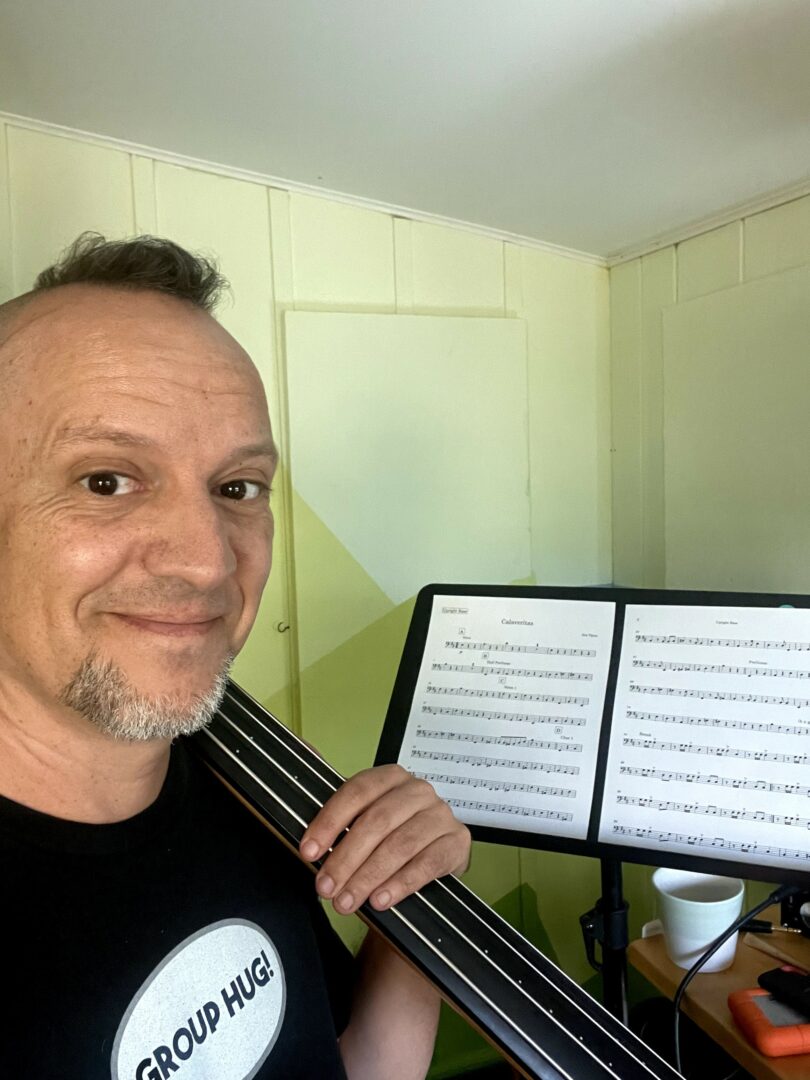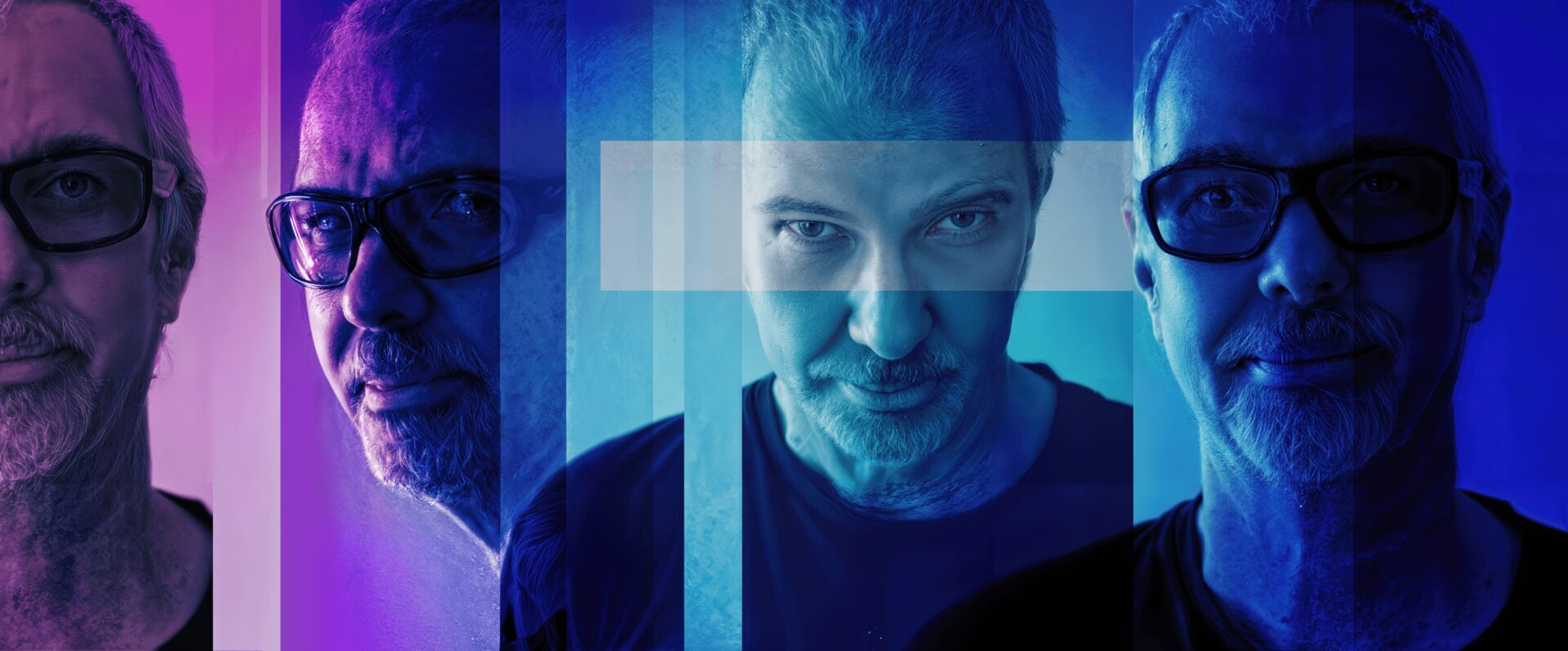Alright – so today we’ve got the honor of introducing you to Eric Santiestevan. We think you’ll enjoy our conversation, we’ve shared it below.
Hi Eric, so excited to talk about all sorts of important topics with you today. The first one we want to jump into is about being the only one in the room – for some that’s being the only person of color or the only non-native English speaker or the only non-MBA, etc Can you talk to us about how you have managed to be successful even when you were the only one in the room that looked like you?
I’ve done a lot of work with Indigenous culture bearers in Los Angeles, and as a lighter skinned Latino who didn’t grow up speaking Spanish, I try to play the role of constant student with others who have been on the front lines of regenerating culture for far longer than I have. The more one decenters oneself, oddly, the better you can be an ambassador when *you* are the one talking to others who have just started reconnecting to language, be it Spanish or an Indigenous language, or finding one’s way in activism or art. Inevitably, I find myself in different milieus where I am the lightest skinned person talking about Indigenous music, or the poorest, most activist person in a sea of white liberals interested in nature conservation–but collaboration and active listening goes a long way in all of these spaces.
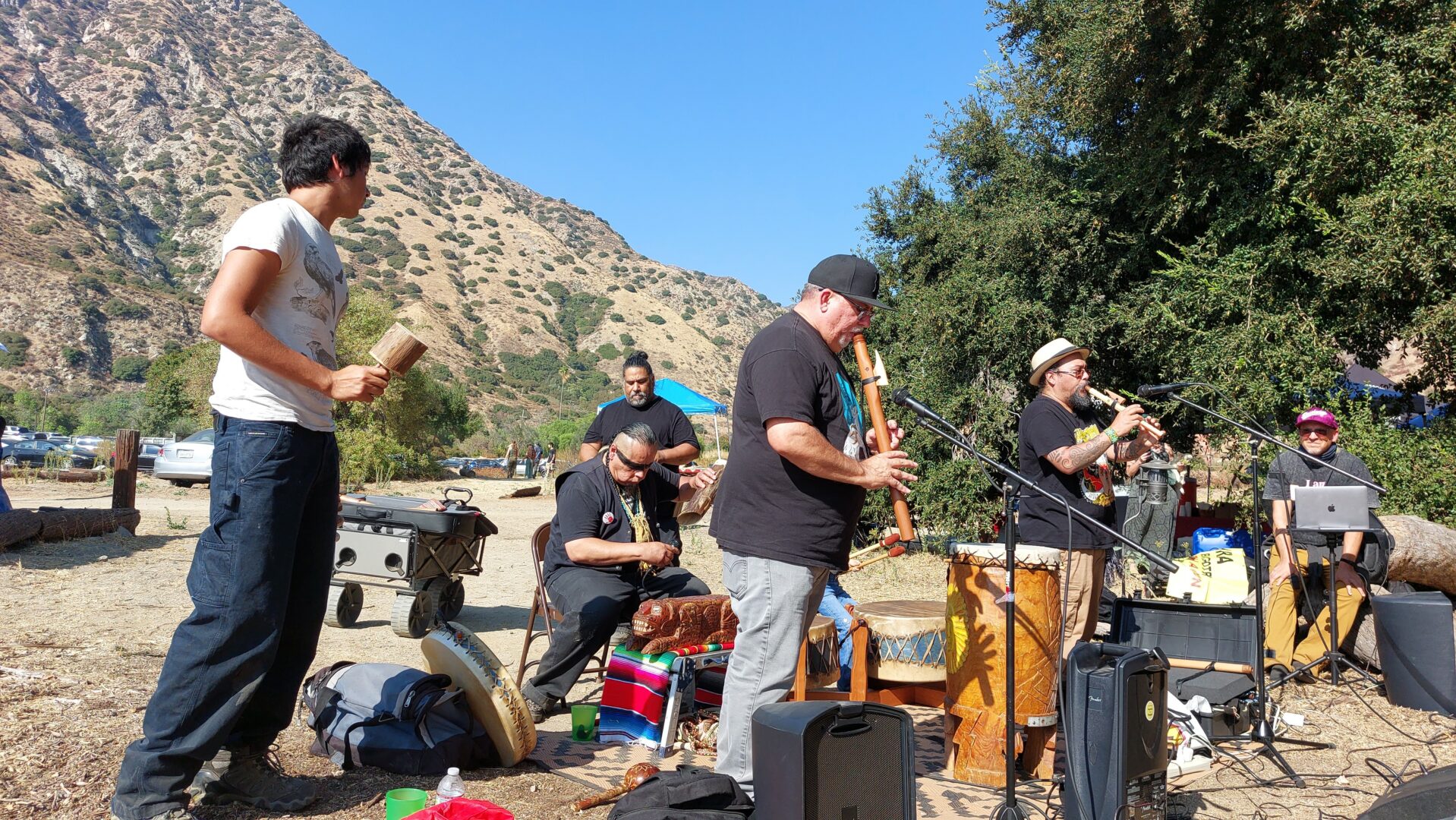
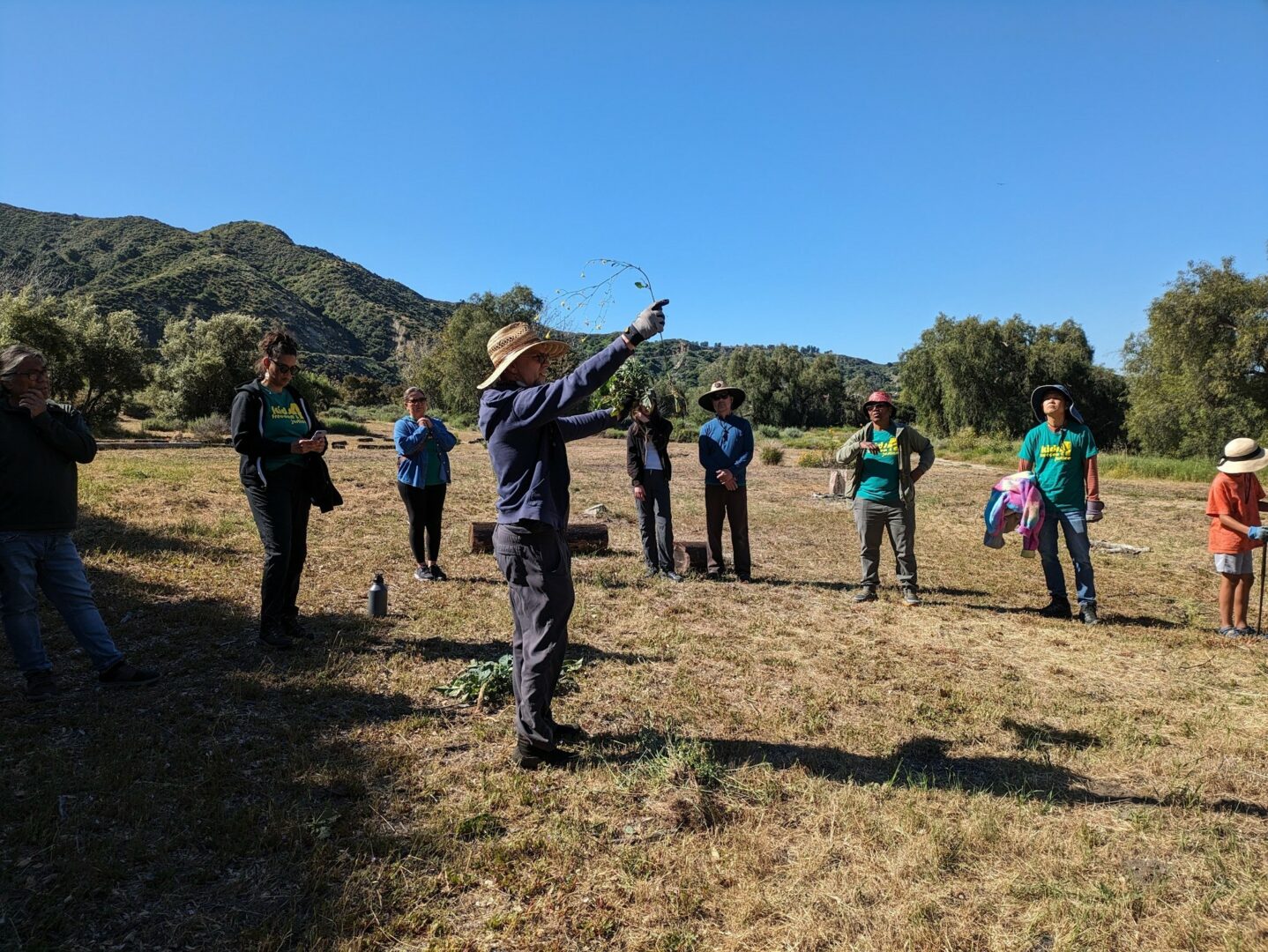
Let’s take a small detour – maybe you can share a bit about yourself before we dive back into some of the other questions we had for you?
My website is reimaginetheland.org, where I have been working in the intersection of cultural and community activism, Indigenous language, landscape rematriation, and music and audio engineering. That’s a mouthful! I’ll try to be less highfalutin’ and give some examples of work I’ve done lately. I stage managed the latest Tujunga Indigenous Peoples Day; this takes place in Big Tujunga Canyon and centers local Indigenous peoples. We work with Tongva culture bearers such as Tina and Jessa Calderon, and artists like Lázaro Arvizu Jr and the Chumash Sisters to create an event that is both public-facing with a stage, and also community-facing, with multiple workshops and opportunities for Indigenous folks from Los Angeles to meet, talk, and socialize. I generally work with the artists and do the stage sound.
Additionally, the spot where we do Indigenous Peoples Day has also been the site for rematriation of the land for several conservation and community groups–we decided to focus on it after our first IPD event, in consultation with the Indigenous people who stayed to give us feedback and opinions on the event and the land upon which it was held. The site initially had a lot of invasive plants and remains of homesteading houses that were demolished and left to mar the landscape, and other trash and construction waste has been dumped on the site as well. I made it my own mission to clean up as much as I could on my own, hauling out bag after bag of invasive plants and trash. Since then, we have had multiple volunteer organizations join us, have had Tongva storytellers talk to kids and adults after a few hours of cleanup, and are partnering with LACC, the MRCA, and Descanso Gardens, among others, to plant more natives on the land, and we are already seeing the place transform with every new seedling and sapling.
With regards to Indigenous language, I discovered a number of years ago that my own heritage is with the Rarámuri, often called the Tarahumara, a people known for running long distances in the Barrancas del Cobre of Chihuahua, Mexico. I decided to learn the language, known as Rarámuric ra’icha, and discovered that the learning resources were hard to find and scattered. I began to assemble them, and at the same time sought out other Rarámuri diaspora in the United States and Mexico. We now have an active community on Discord contributing to language resources as we collectively reconnect to language and culture. It’s a lot of work, but it’s exciting!
My band, KUYRA, is another extension of this reconnection to Indigenous language. We sing in Rarámuri ra’icha, as I’ve found that writing language is a great way to learn it. We also have explored a little of my bandmate Andrea’s Purépecha heritage, and she’s been inspired to put some Purépecha phrases in songs as well. It has been really gratifying to play such songs in Los Angeles and get cheers from people from Michoacán, and to feel like we are contributing to the culture and music of the area. While there’s a strong Michoacan@ presence in LA, it’s not quite the same with songs in Rarámuri ra’icha, as most people who emigrate from Chihuahua are in Texas or Arizona, but the ones who learn about our music are full of curiosity–I have had plenty of people come up to me and tell me about their Rarámuri heritage and express interest in learning more about their own history. We recently performed Día de Muertos themed songs at the VOCES Fall Festival and are now in the midst of writing new songs, and I’m also working on a solo performance with Andrea backing some tracks, as “KUYRA Minus One” at a winter event at East Jesus.
In addition to my own music and stage audio for bands and presenters, I’ve had the good fortune to engineer a number of audiobooks at Penguin Random House and other studios. It has been a really fortunate coincidence that several of those novels have been written by LatAm authors about cultural identity or national and familial turmoil. I also worked with Lázaro Arvizu Jr on a sound ambience installation currently at The Broad, entitled “Joseph Beuys: In Defense of Nature”.


If you had to pick three qualities that are most important to develop, which three would you say matter most?
I sometimes wonder how I’ve fallen into working in so many seemingly disparate arenas–music, community organizing, Indigenous culture, native plants, audio engineering–but a lot of them are related and can be woven together.
For starters, I encourage anyone who has the means and spoons to attend college to use that as a place to really hone your general critical thinking and organizing skills–doing research, writing a paper, mapping out and completing a project. Ultimately, that will inform most anything you do unless you are a complete somatic savant, which I am not. Learning how to do research and write out your ideas–and doing so under a deadline where completion is required–is something you can use to figure out anything you’re interested in later in life, and actually do something with it, rather than dreaming about it.
I would also say that beyond basic critical thinking and working skills, studying something where there’s no fudging or b.s.ing your way to a final product is extremely revealing. For me, that was composing music. If you have a so-so essay, you can get a B, but if you don’t finish your music composition or you’re missing accidentals or clear notation, everyone will hear the difference in quality of work, immediately. The same goes for recording music. Mess up in your signal chain and it will be glaringly obvious–you might not get any sound at all, for instance.
Finally, learning from Indigenous people in your area will open up ways of thinking that are far outside the realm of universities, capitalism, and the supposedly inevitable, dominant, Western milieu we are immersed in. When you talk with Indigenous people you realize that egalitarianism, and lands without pollution, are not new, radical ideas, but ancient and universal folkways that we managed to forget in the quest for supposed progress. This is not a call for primitivism or rejection of technological innovation, but a realization that there are ways we can manage ourselves and the environment that is more harmonious and equitable for both humans and the land and the living things that inhabit it.
I feel like my journey to figure things out started way back in my 20s, initially with a big emphasis on music, and the other aspects of my work happened much later, so I don’t know whether my advice is truly for people early in their journey or somewhere in the middle, but I think it applies regardless: stay curious, and stay active. You’ll feel more alive that way, and you’ll be open to more ideas.
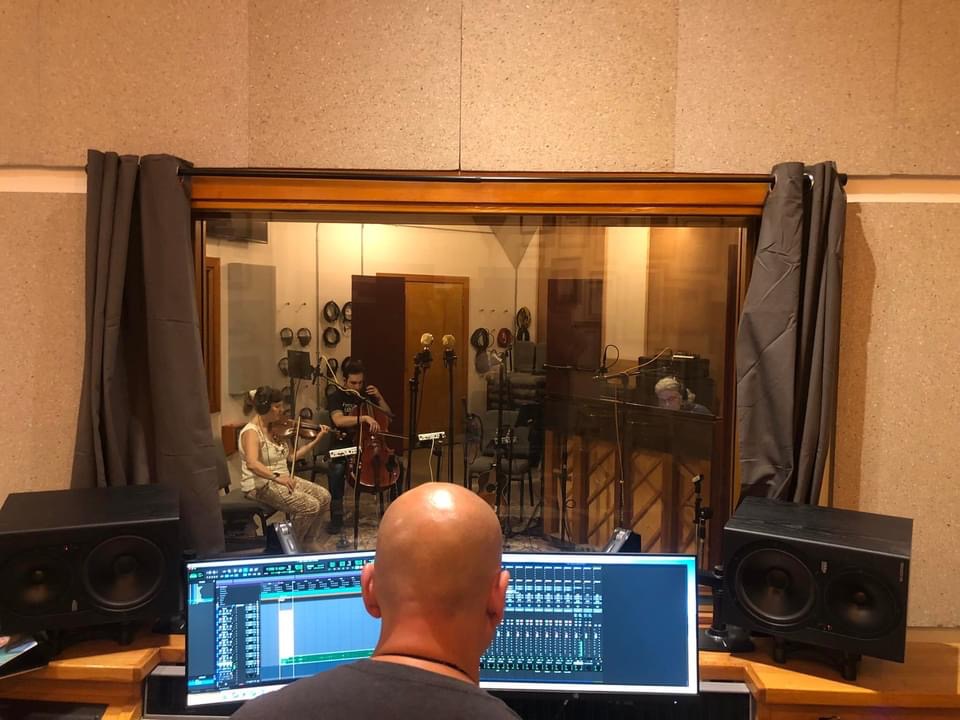
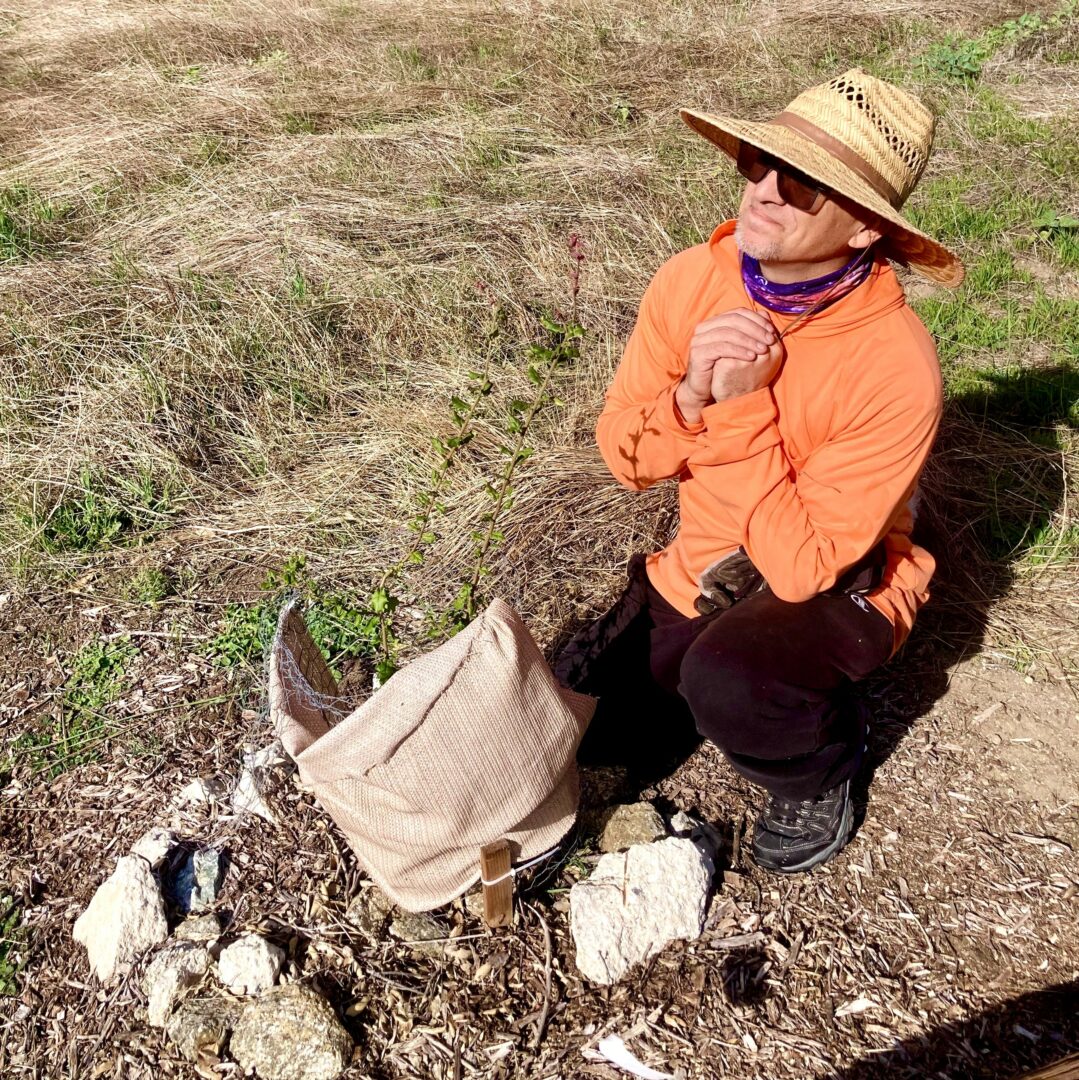
Okay, so before we go we always love to ask if you are looking for folks to partner or collaborate with?
I am always on the lookout for more people to collaborate with. My community activism has included everything from rapid response for the unhoused to dreaming up ideas for gardens and shared spaces; the more like-minded people the better. Similarly, I try to gather music friends, because who doesn’t want more music friends? I imagine having more concerts with bands and musicians I know and love, which isn’t always easy in today’s turbulent economics–you gotta make sure people can get paid, because doing things for the sheer joy of it simply doesn’t pay the bills of struggling artists and musicians too well.
So–Indigenous peeps in Los Angeles, community activists, musicians who want to play house shows and other interesting spaces (I mean, clubs too but I’d love to see music in other places), native plant experts, and of course, anyone who is learning Indigenous languages, because we are a small but mighty force that needs to stick together!
Contact Info:
- Website: https://reimaginetheland.org
- Instagram: https://www.instagram.com/kuyramusica/
- Youtube: https://www.youtube.com/@kuyra

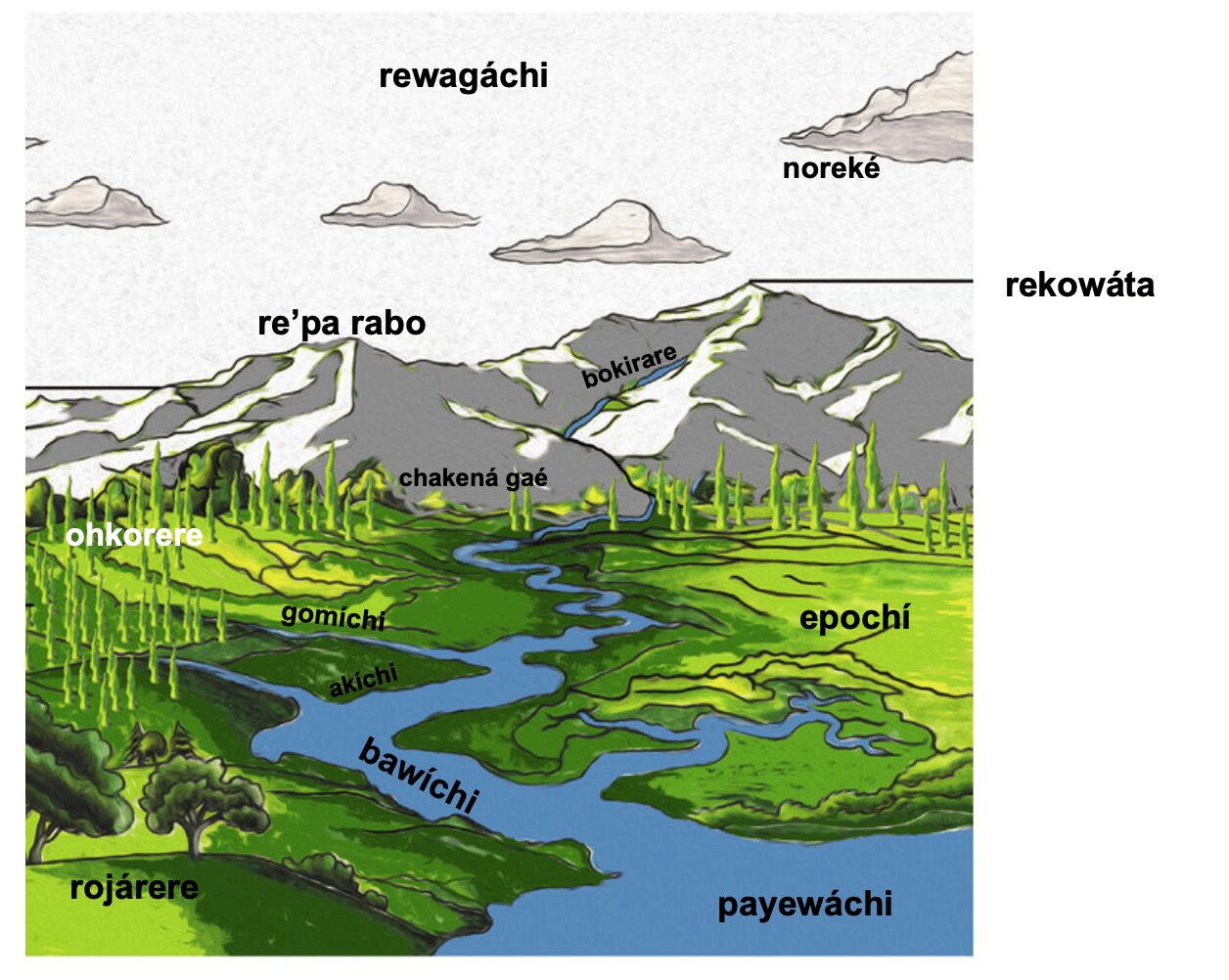
Image Credits
Eric Santiestevan
Mike Olivarez
Brian Nahlen
so if you or someone you know deserves recognition please let us know here.

